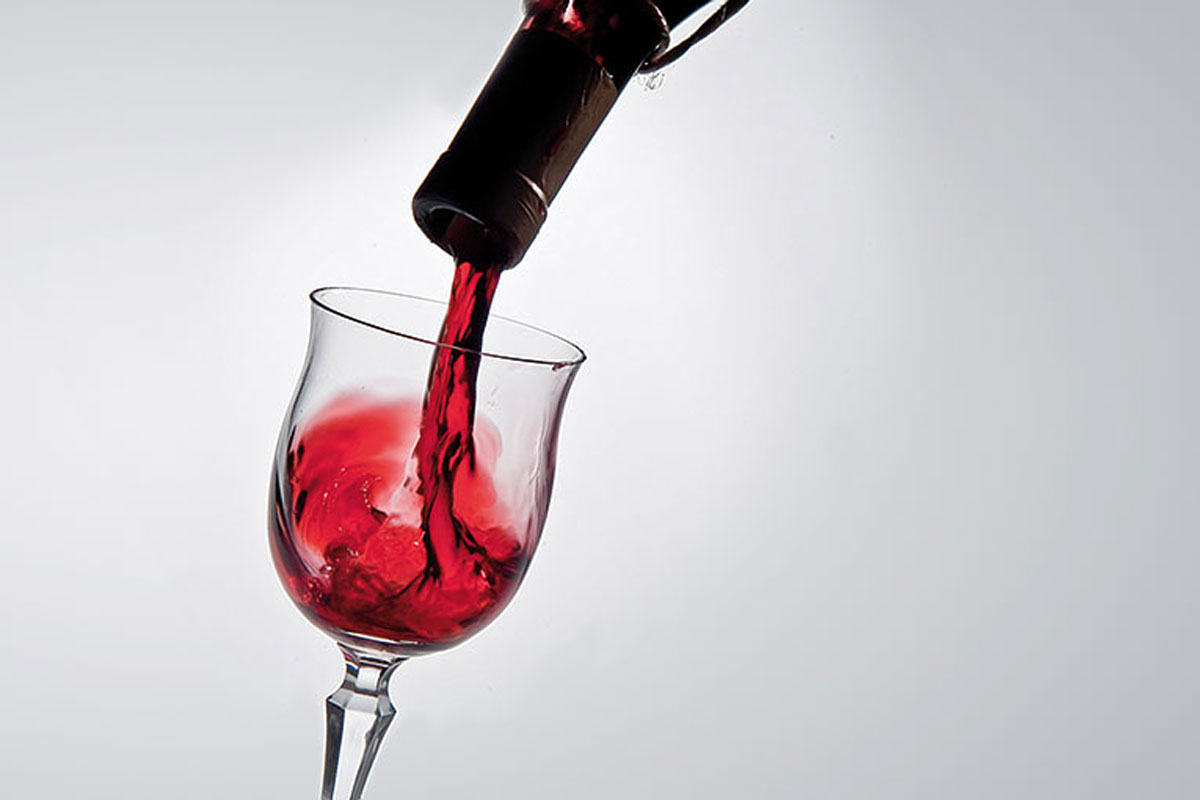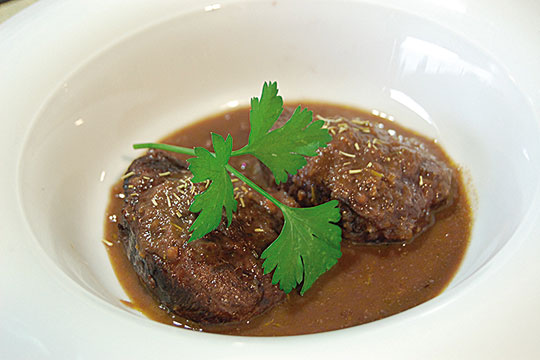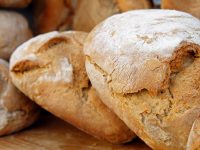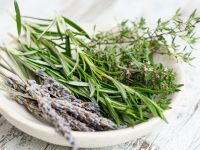
I was at Casona del Pinar (Segovia) in early August when Ain’s Wine Show was held within the context of the events prepared for Mercat a l’Antiga. I saw some pictures on my friend Pep Pérez’s Facebook wall, and I found myself eager to try these wines. A few months later, I visited our neighbour Elisa Esteller’s house in Ain, where homemade wine is made too.
—Would you like anything to drink? Coffee? Wine?
This was my chance.
—If the wine is the kind you make, I would like to try it.
There are many factors involved in our perception of food, because it integrates information coming through different senses. With wine, we first appreciate its colour. According to experts we should next smell it: volatile compounds go into the nose and reach the olfactory epithelium. Only the sense of smell is involved in this process. Then, it is time to introduce the wine in our mouths, where taste, smell and touch are simultaneously activated. In this case, aromas reach the olfactory epithelium by retro olfaction. They move from the back of the mouth to the nasopharynx and, in the process of air exhalation, to the area of the olfactory epithelium. The olfactory experience is also different because the volatile compounds detected are not the same: in the mouth, wine temperature changes, and flavourings dissolved in the water-alcohol solution interact with saliva. But the basic difference is that in this case, our perception is based on smell, taste, touch…
Genetic studies have shown that the number of functional olfactory receptor genes is lower in humans than in primates, and much lower than in other mammals. From an evolutionary point of view, it is argued that our evolution has been marked by an increasing importance of sight against the sense of smell. And this explanation justifies the belief in poor human olfaction when compared with other mammals. Behavioural studies, however, have shown that we have a pretty good sense of smell. We just have to think about the enormous capacity for odour discrimination some professionals linked to the world of wine or perfume have. A few years ago, Gordon M. Shepherd, from the Department of Neurobiology at Yale Medical School, precisely contemplated this dilemma: how to reconcile the fact that we have a pretty good sense of smell albeit with a comparatively small number of olfactory receptors. For Shepherd the answer is to reconsider the human olfactory system as a whole. This system in which, in addition to receptors, there are two access paths for volatile compounds to get into the olfactory epithelium. We also have an excellent information processor in our brain, which is much larger than in other mammals.
«There are many factors involved in our perception of food. With wine, we first appreciate its colour. According to experts we should next smell it»
With regards to the nose, Shepherd noted that in virtually all non-primate mammals, noses have a complex air filtration system that, among other things, keeps it clean from the microbes found in soil. This complex system, however, reduces the concentration of aromas reaching the olfactory epithelium. The decreased complexity of the nose in primates caused the concentration of volatile compounds that reached the nose to be greater, which made the reduction of the number of olfactory receptors possible while not compromising our olfactory sensitivity. Another important aspect Shepherd noted is retro-olfaction, which detects aromas when food or drinks are in our mouths. Its configuration in humans favours more the reception of volatile compounds than in other mammals. This means that humans receive a much wider repertoire of aromas compared to other primates and mammals thanks to retro-olfaction, which also enabled the reduction of the number of olfactory receptors. We have, in turn, the aroma analysis issue. This analysis is carried out in our brain, which is comparatively much larger than in other mammals. Therefore, the reduction in the number of olfactory receptors was balanced by a more powerful processor of aromas.
Shepherd refers finally to language, but I think his argument on this point is weaker because the devil is sometimes hidden behind words. In 2001, Frederic Brochet, University of Bordeaux, invited several wine experts and carried out two experiments. In the first one they tasted two wines, a red one and a white one. Both of them were the same white wine, but one of them looked red because of a colorant. Experts described the white wine using the typical language employed with whites and the red wine using the typical language used with red wines. In the second experiment, an average Bordeaux was poured into two bottles. One bottle was labelled excellent wine, while the other one was labelled table wine. The bottle with the excellent wine label was described mostly as nice, complex, balanced, rounded, while the other bottle was described as weak, light, and faulty. We taste wine and our impressions are integrated, processed, interpreted and verbalised by our brains, which involves our personal memories, our fears, our desires.
I liked the wine Elisa offered very much: it had a nice colour and was pleasant to the taste. However, in addition, it was –and still is- a wine made on a small scale for self-consumption, as it has been traditionally done. An added value that undoubtedly influenced my assessment…

Fernando Sapiña
Pork cheeks in wine
The use of wine (whether white, red or bubbly) in fruit salads and sorbets keeps its original flavour. However, its use in meals where it is heated entails a loss of flavours. In any case, the most persistent aromas linger, be they from the original wine or generated by chemical reactions. Take the case of sweet desserts (Christmas pudding, pears in wine) and savoury dishes. In these cases, the wine is usually an ingredient of the sauce. Since strawberries and wine is a terrific dish, however trivial, I have decided to suggest pork cheeks in wine.
Ingredients
4 pork cheeks, 1 large onion, 2 carrots, 1 leek, 2 cloves of garlic, salt, black pepper, red wine, water, oil, flour and rosemary.
Cooking instructions
Chop vegetables and stir fry in a pressure cooker with a few tablespoons of olive oil. Cheeks are seasoned and coated with flour. Then they are fried in a pan with a few tablespoons of olive oil. When the meat is browned, it needs to be added to the pressure cooker. Add a glass of wine and a glass of water and some rosemary. Close the pot and cook for about 30 minutes. Open the pot, separate cheeks from vegetables and sauce. Blend vegetables and sauce and reduce for a few minutes until obtaining the desired consistency.
Bibliography
De Maria, S., & J. Ngai, 2010. «The Cell Biology of Smell». The Journal of Cell Biology, 191: 443-452.
Lehrer, J., 2007. «The Subjectivity of Wine». The Frontal Cortex, Science Blogs. Available at: <http://scienceblogs.com/cortex/2007/11/02/the-subjectivity-of-wine>.
Morrot, G.; Brochet, F., & D. Dubourdieu, 2001. «The Color of Odors». Brain and Language, 79: 309-320.
Robinson, J. (ed.), 2006. The Oxford Companion to Wine. 3a edició. Oxford University Press. Oxford.
Shepherd, G. M., 2011. Neurogastronomy: How the Brain Creates Flavor and Why It Matters. Columbia University Press. New York.





